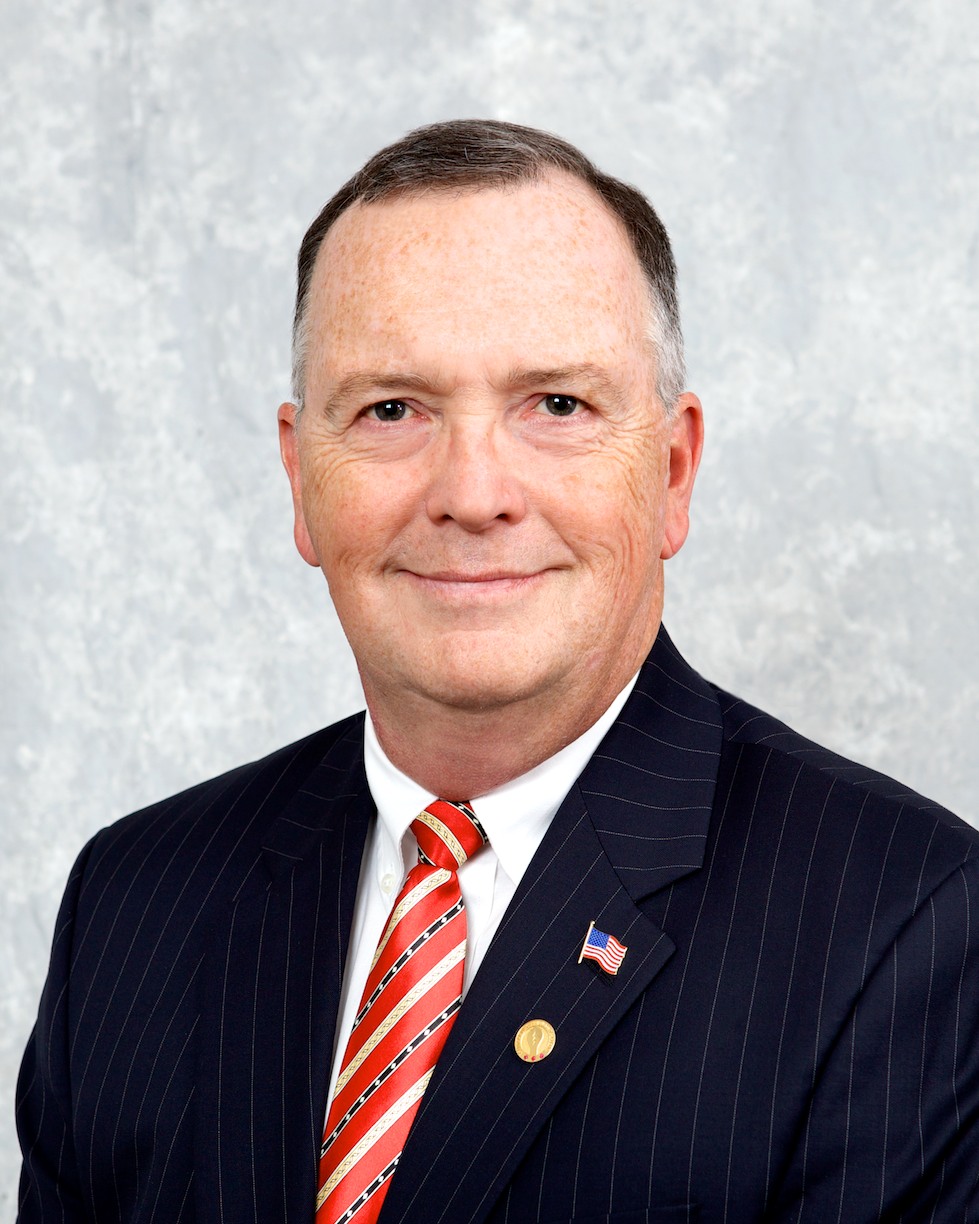Customer Success Story

Rural Virginia utility modernizes smart grid with help from Juniper SRX
Central Virginia Electric Cooperative first brought electricity to homes, farms, and businesses in rural Virginia in 1937. Today, the member-owned utility serves 40,000 members in 14 counties and offers fiber-to-the-home Internet service through a subsidiary, Firefly Fiber Broadband.
CVEC is utilizing the fiber network to modernize its electric grid, improve service to its members, lower operational costs, and meet growing demand for renewable energy. CVEC relies on Juniper SRX firewalls to securely connect the substations in its grid with downline equipment such as recloser switches, regulators, and other supervisory control and data acquisition (SCADA) monitoring devices and controllers.

40,000
Accounts in rural Virginia served by CVEC
Secure
Communications from field to system control center
50%
Lower total cost of ownership out of other solutions considered
1 hour
Average drive time per location eliminated for repairs in the field with remote management
Rural utility looks to lower costs and save on truck-roll time
CVEC is making its grid smarter, more resilient, and less expensive to maintain. The foundation of CVEC’s smart grid technology is a secure IP network that can be used to restore service after outages, balance power loads, and use resources more efficiently.
“The challenge was how to connect downline devices in a secure and reliable way,” says Jeff Harris, Network Engineer at CVEC. “Most of these devices, like high-voltage electric reclosers and automatic voltage regulators, are in remote areas or in boxes hanging on poles.”
CVEC needed to connect its substations and the downline devices that control energy distribution and send power to members’ homes and businesses. The IT team sought a secure IP network solution that would stand up to harsh environmental conditions, impervious to heat or cold. The solution also needed to use direct current (DC) power.
Simplicity was a key consideration. Utility technicians would have to be able to deploy and manage the secure network devices themselves without expert network skills.
As a member-owned, not-for-profit organization, affordability was paramount. “We needed a solution that was affordable at scale, because we needed hundreds of devices,” says Harris.

Secure communications for greater agility
CVEC tried several remote connectivity options, but found they were too expensive, too complex, or changed the design of the network altogether. The Juniper line of SRX300 Firewalls checked all the boxes to securely connect downline devices, ultimately allowing them to be remotely managed and maintained by the CVEC IT and engineering staff.
The SRX300 delivers next-generation security, LAN, and WAN capabilities, and its small form factor fits into a utility cabinet. MACsec security provides point-to-point encryption on Ethernet links, and CVEC can easily consume advanced security services when needed. CVEC also can run the Juniper vSRX Virtual Firewall on its industrial-grade switches in the field.
“The SRX300 offered the lowest total cost of ownership out of all other solutions when we explored,” says Harris. “There’s usually a tradeoff between time and money, but the SRX saves us both. The SRX is a win-win.”

Improve grid uptime and reliability
CVEC is at the start of a multiyear journey to make improvements to its power grid that will benefit people and businesses for decades to come.
“Secure connectivity with Juniper will give us better visibility and ultimately the ability to remotely control downline devices,” says Joel Wendland, Network Engineer at CVEC. “The key benefit we expect is improved uptime and reliability for our members.”
A smart grid can shorten the duration of power outages and allow its residential, agricultural, and business members to take greater advantage of grid connected renewable generation, battery storage, and electric vehicles.
In addition to restoring power faster after an outage, CVEC expects the smart grid project to make technicians more productive.
“Before, a technician would have to drive to the location of the outage, which might be in the mountains,” says Wendland. “The tech would have to clear the outage and then drive to the recloser location, close it out, and re-energize the line. But with our downline devices connected by SRX firewalls, our control center can make repairs remotely and restore service faster.”


Published July 2023

















